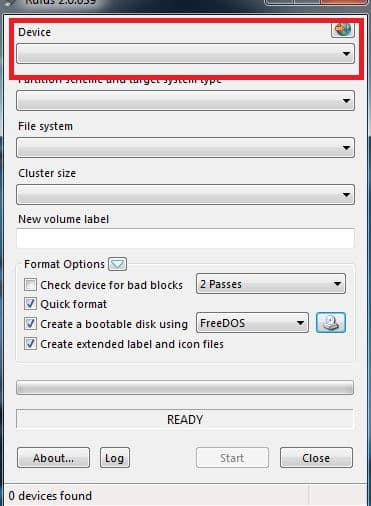There was a time when you had to have a compact disc or DVD to install a fresh copy of Windows onto your personal computer. But that has changed in the past few years. With the advent of a few powerful open-source tools, you can easily create bootable drives for Windows without spending a single penny. In this article, we shall discuss the procedure to create a bootable Windows 10 drive using one such well-known tool called Rufus.
Rufus is a utility that helps create bootable USB flash drives. Developed by Pete Batard of Akeo Consulting, it’s an open-source program for Windows that users can use to format and create bootable USB flash drives or Live USBs. It supports a variety of ISO bootable files for Windows and many Linux distributions. It comes in handy not only when you want to create a bootable drive, but also when you need to flash a BIOS or some other firmware or when you need to work on a machine that doesn’t have an operating system installed. Rufus is small in size but comes packed with a lot of features that help you create bootable flash drives easily.
Given below are a few steps through which you can create a bootable Windows 10 drive using Rufus:
Download the Windows 10 ISO file (that you want to use to create a bootable drive) to the desktop and insert a USB flash drive. Note that the drive shall be formatted, so make sure that you don’t insert a USB flash drive that holds useful data. Now, launch Rufus and select your USB flash drive in the drop-down box at the top.
Click the button with a disc icon located on the right of the ISO image box and then locate the ISO file you downloaded onto your desktop.
Then, choose how you want to format the USB flash drive. Now, select the option to create a Standard Windows Installation and leave all the other settings untouched.
Now, click the Start button (located at the bottom), let the program format, and copy the relevant installation files to the selected USB flash drive. Note that this process may take a few minutes, depending on how fast your USB drive performs. Once the progress bar is completely green, close the program. You’ve got yourself a bootable Windows 10 USB flash drive! You can use this drive to install a fresh copy of Windows 10 on your PC.



